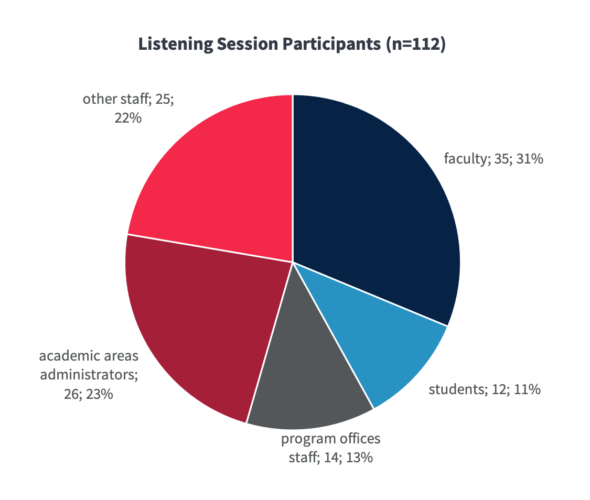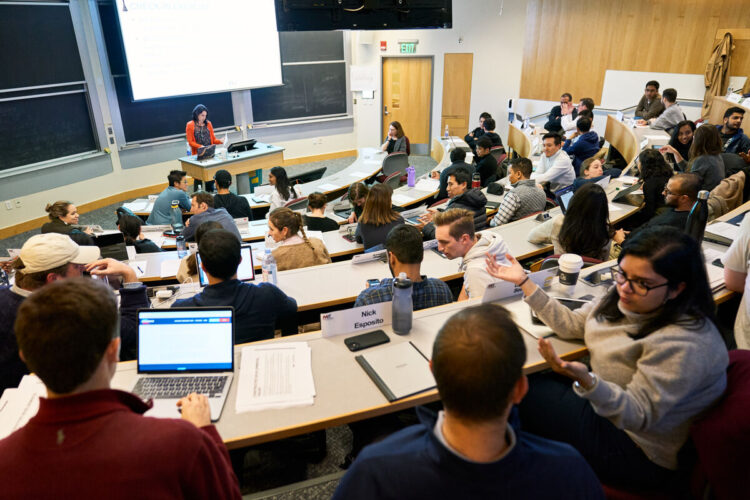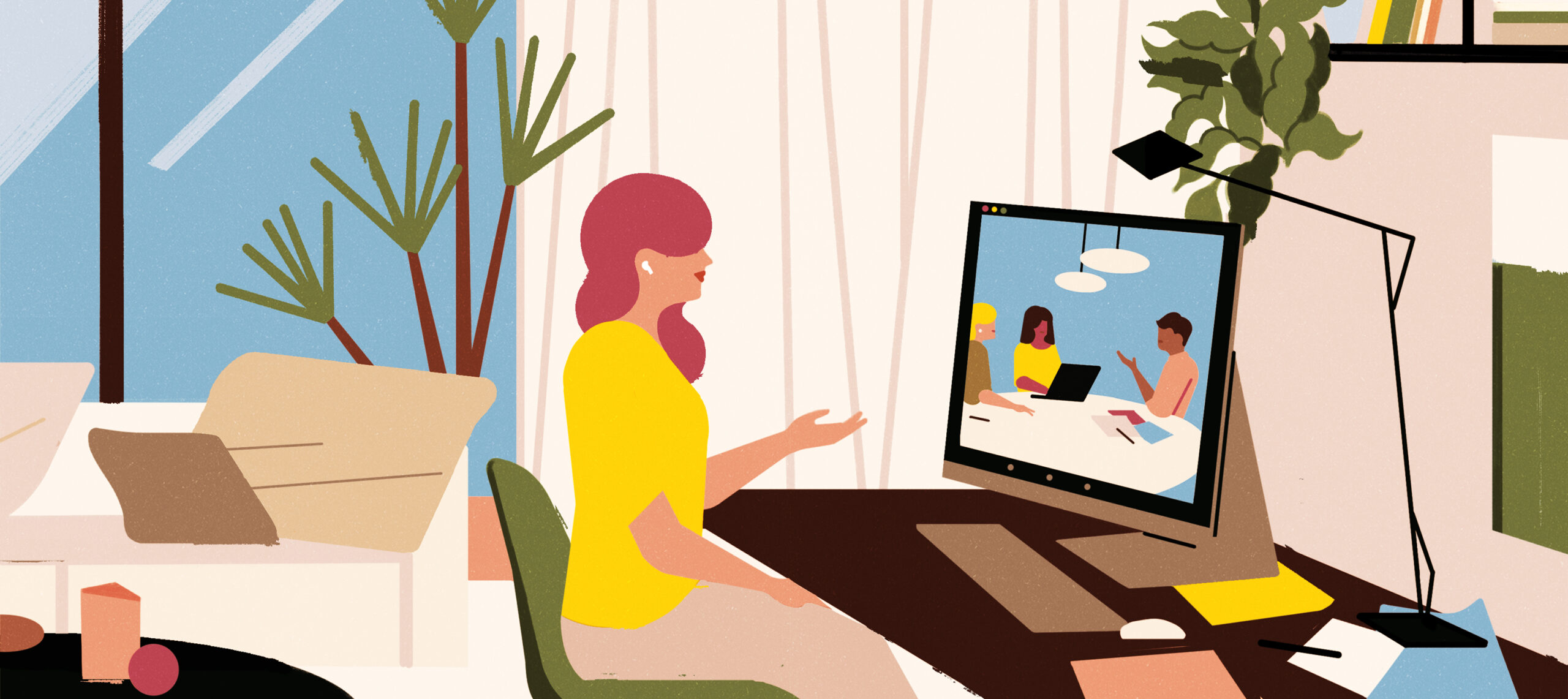In this post in the Classroom of the Future Blog Series, you’ll learn how the team facilitated listening sessions and conducted classroom observation to uncover the MIT Sloan community’s teaching and learning needs.
During the first step in Discovery, we worked to identify the MIT Sloan community’s needs through listening sessions and classroom observation. To learn about the larger Discovery process, see the first post in this series: Classroom of the Future Discovery: Reimagining Learning at MIT Sloan.
Listening Sessions
We knew we wanted to hear directly from members of the Sloan community about how they experienced the school’s teaching and learning spaces and resources. With that goal in mind, we decided to connect with community members through a series of carefully designed listening sessions.
The team facilitated 37 listening sessions with 112 participants over the course of three months. We structured the listening sessions based on the team’s internal expertise, IDEO’s guidance for interviews, and the LUMA Institute’s guidance for interviews.

Participants in the listening sessions included:
- 35 faculty from 11 groups and units (31%);
- 12 students and TAs from the MBA, Executive MBA, LGO, Sloan Fellows, and PhD programs (11%);
- 14 staff members from the MBA, Finance, MBAn, SFMBA, and EMBA program offices (13%);
- 25 staff from the DEI Office, Executive Education, Facilities and Space Planning, Global Programs, SES, and STS (22%);
- and 26 academic areas administrators supporting BPS, MSA, and EFA (23%).
Several key topics emerged, including the importance of reliable classroom technology, needing classrooms that can accommodate a wide variety of learning activities, and the desire for a strong sense of community at MIT Sloan.
Classroom Observation
In addition to facilitating listening sessions, we wanted to see for ourselves how faculty and students interact with their environments during live class sessions. So we made a plan and divvied up 41 hours of classroom recordings for analysis.

The classroom recordings we reviewed included:
- courses from 2019, 2020, 2021, and 2022;
- class sessions taught by 16 faculty members from 10 different academic groups;
- classes in E51, E52, and E62;
- in-person, hyflex, and fully remote class sessions;
- and class sessions in the 10 Sloan programs: MBA, Ph.D., Undergraduate, Sloan Fellows MBA, EMBA, Executive MBA, LGO, MFin, MBAn, and MSMS.
Our classroom observation process took inspiration from the team’s internal expertise, the LUMA Institute’s guidance for Fly-on-the-wall Observation, and the Nielsen Norman Group’s guidance on direct observation in field studies. By conducting classroom observation, we were able to gain a much deeper understanding of how faculty, students, and other class participants interact with classroom spaces and other resources.
Conducting listening sessions and classroom observation helped our research team collect valuable data and build empathy with the MIT Sloan community. In our next post, we’ll explore how the team synthesized these findings into key themes.









